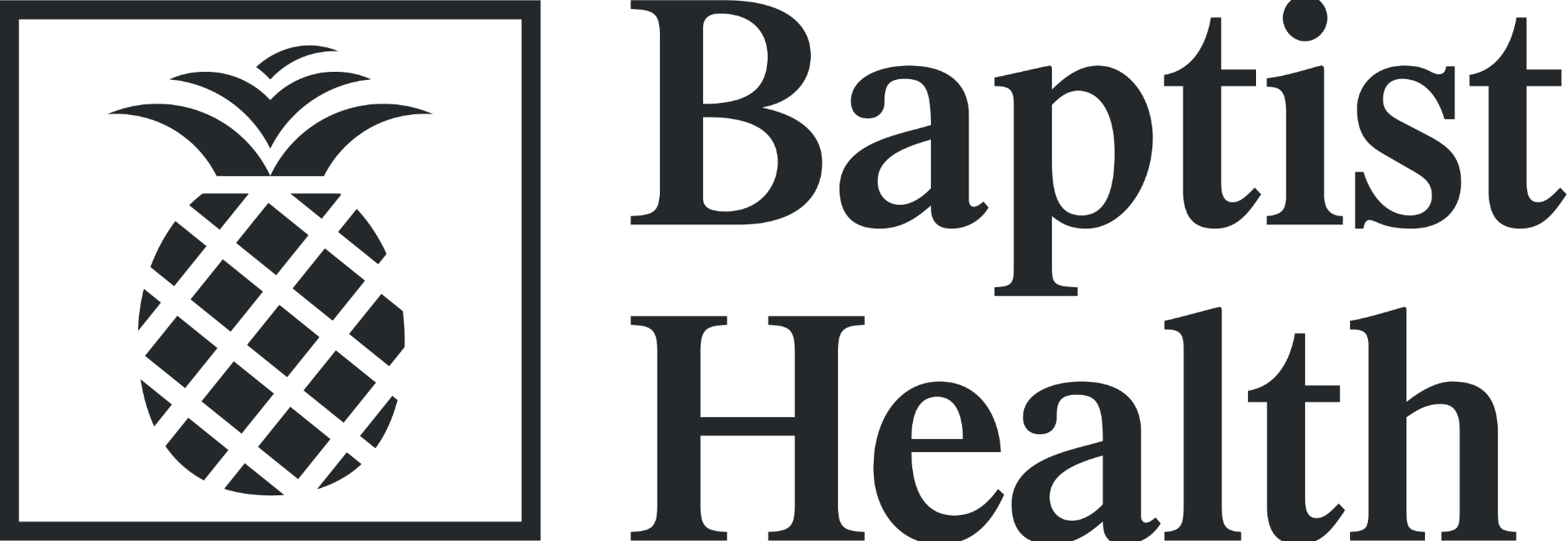
Perez on Real-World Pola-BR Treatment Outcomes in Patients with R/R LBCL

In an interview with Targeted Oncology, Ariel Perez, MD, explained the outcomes of patients with R/R large B-cell lymphoma who were treated with Pola-BR in the real-world setting, and the key takeaways from a single-institution study.
Patients with relapsed or refractory (R/R) large B-cell lymphoma (LBCL) who are treated at community practices require salvage therapy that is sufficient to prepare them for chimeric antigen receptor (CAR) T-cell therapy, which is performed at academic centers. According to Ariel Perez, MD, CAR T-cell therapy is the most hopeful option for these patients.
“The current standard-of-care for patients that have an early relapse or primary refractory disease is CD-19-targeted CAR T-cell therapy, but in community setting, we need to come up with effective strategies to bridge these patients until they can get CAR T-cell therapy. In our institution, we usually use rituximab [Rituxan] with polatuzumab vedotin [Polivy], either as a bridge to CAR T-cell therapy or another cellular therapy. Rituximab can also be used in combination with bendamustine,” said Perez, a hematologist and medical oncologist at Miami Cancer Institute of Baptist Health South Florida, in an interview with Targeted Oncology™.
The benefit of treatment with polatuzumab vedotin in combination with rituximab and bendamustine (Pola-BR) in patients with relapsed/refractory large B-cell lymphoma (LBCL) was first outlined in the phase 1b/2 study (NCT02257567) of patients with R/R diffuse large B-cell lymphoma. Compared with another rituximab-containing regimen, Pola-BR led to a significantly higher number of complete responses in patients and achieved a reduction in the risk of death by 58%.1
To improve outcomes of patients who received Pola-BR, investigators at Miami Cancer Institute (MCI) retrospectively assessed their institutional records. The real-world analysis showed an investigator-assessed best objective response rate (ORR) of 68% (95% CI, 48.7%-87.6%). The median progression-free survival (PFS) and overall survival (OS) were not reached. The 1-year PFS rate with Pola-BR was 54.5% (95% CI, 32.1%-76.9%), and the 1-year OS rate was 70.5% (95% CI, 47.6%-93.4%).2
In the interview, Perez explained the outcomes of patients with R/R large B-cell lymphoma who were treated with Pola-BR in the real-world setting, and the key takeaways from the study.
TARGETED ONCOLOGY: What has been the impact of polatuzumab vedotin in combination with bendamustine and rituximab since garnering FDA approval?
Perez: Polatuzumab vedotin is an antibody drug conjugate targeting CD-79. Its approval for at least 2 prior lines of therapy in this specific regimen after resection is based on a phase 1B/2 study. This drug a very effective regimen in relapsed/refractory large B cell lymphoma patients and it is an important addition.
Can you provide overview of how the single-institution study was designed?
In this retrospective study, we looked at our institutional outcomes of 22 patients treated with polatuzumab vedotin in combination with rituximab with or without the addition of bendamustine. We looked at it in the second-line setting.
The current standard-of-care for patients that have an early relapse [less than 12 months after treatment] or primary refractory disease is CD-19-targeted CAR T-cell therapy, but in community setting, we need to come up with effective strategies to bridge these patients until they can get CAR T-cell therapy. In our institution, we usually use rituximab with polatuzumab, either as a bridge to CAR T-cell therapy or another cellular therapy. Rituximab can also be used in combination with bendamustine.
In terms of patients that are going to CAR T-cell therapy, we avoid the use of bendamustine prior to leukapheresis to avoid the negative impact on cell fitness.
Can you explain the results of MCI’s real-world study?
As I presented at the 64th ASH Annual Meeting, in 22 patients that received this regimen in our institution, the best objective response rate was 68%. We did notice that patients that receive rituximab plus polatuzumab compared with rituximab plus bendamustine had lower response rates. We also looked at the pattern of failure to frontline chemoimmunotherapy, which relates to the patients who received first-line therapy, if they achieve a complete response and then eventually relapse vs those patients that never achieved a concrete response to their frontline therapy. We defined that as primary refractory disease. Patients with primary refractory disease compared with patients that had relapsed disease had lower response rates in terms of both objective response rate and complete response rates.
One of the important findings in our study is that 40% of patients that received this regimen eventually were bridged to subsequent cellular therapy, either CAR T or autologous stem cell transplantation.
What should oncologists take away from this study?
I think the key point is that this combination is an effective strategy in the second-line as a bridging strategy to additional settlement therapy and the fact that patients with primary refractory disease have worse outcomes compared with patients that have a relapse.
REFERENCE:
1. Sehn LH, Herrera AF, Flowers CR, et al. Polatuzumab vedotin in relapsed or refractory diffuse large b-cell lymphoma. J Clin Oncol. 2020;10;38(2):155-165. doi:10.1200/JCO.19.00172.
2. Perez-Perez A, Saxena A, Sagheer TA, et al. Polatuzumab- rituximab with or without bendamustine as second-line therapy for relapsed refractory large b-cell lymphomas: single center experience. Blood. 2022;140 (suppl 1): 6672–6673. 10.1182/blood-2022-163461









































